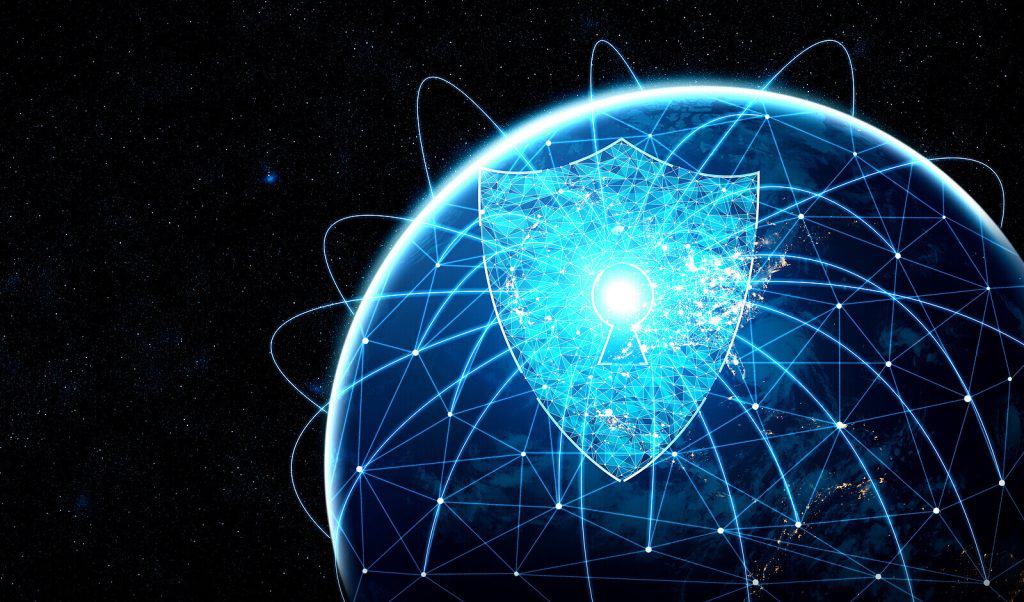Why is it important to understand the most common types of cyber securutyToday just about everyone and everything uses IT and the internet. Many industry sectors rely on their continued availability, including banking, entertainment, hospitality, media, transport, retail, and healthcare. The use of cyber has transformed our lives, but the information security aspect of cyber is now critical. The threats to the security of data and information are real and always present, but thankfully many different forms of cyber security can be used to meet these threats.
Table of Contents
ToggleCyber security protects the integrity of an organization’s computer systems from cyber attacks, including hardware, software, data, and systems connected to the internet. It should be at the heart of every information security system. Unless you have adequate protection covering all the types of information security, hackers can access your IT systems to steal or damage information about your company, staff, and customers. So, what types of security are there?
Most common types of cyber security
There are several different types of cyber security that need to be considered when designing your information security system. The types of information security that you put in place should address the threats placed by the different types of computer security vulnerabilities. Let’s take a look at some of the five most common types of cyber security.
- Critical infrastructure security: This is one of the most critical types of computer security protection. In this context for information security, critical infrastructure consists of the physical systems that provide the underlying infrastructure on which our daily lives depend upon. The availability and security of this critical infrastructure are vital to the safety and well-being of our society and all its citizens. Examples of critical infrastructure include:
- Power generation and distribution.
- Traffic lights.
- Healthcare systems.
- Fuel storage and distribution.
- Water supplies.
- Food manufacture and distribution.
The technology that underpins this critical infrastructure is just as vulnerable to cyber-attacks as any other system, but the impact of any attack is going to be significantly higher. For example, taking out a power station could harm thousands if not millions of citizens and could even result in loss of life. The vulnerabilities to attack could be anywhere in these systems, including PCs, mobile devices, network equipment, internet connections, and servers.
Hence, the organizations responsible for critical infrastructures have to fully understand all of the vulnerabilities across a number of different IT security categories and install sufficient information security to fully mitigate the risks. This includes deploying various types of computer security tools and techniques.
- Application security: Just about every organization uses IT applications. The types of IT security measures used to address this one of the most common types of cyber security are typically widely understood areas of computer security. Application security uses software and hardware methods to manage the threats that were introduced when the application was developed. Usually, the threat was added accidentally, but sometimes developers include ‘back doors’ in applications that hackers can use.
There are several different types of application security, including:
- Antivirus
- Passwords
- Firewalls
- Encryption
All of these are aimed at preventing unauthorized access to applications, data, and information and are shared across the most common types of cyber security.
- Network security: When asked, “what are the types of computer security?” many people in IT will forget about networks. Networks are essential to nearly every IT system’s operation as they connect the users to the applications running on the hardware. Hence network security is one of the most critical types of cyber security, guarding against the unauthorized intrusion of your networks.
Traditional information security approaches for networks relied purely on passwords. Today some network security teams also use machine learning to spot unusual network activity and alert staff to potential threats. The traditional approach where an administrator implements policies and procedures to prevent unauthorized access, modification, and exploitation of the network is still used.
- Cloud security: Many organizations today use services hosted in the cloud and accessed over the internet. This means that the areas of internet security become crucially important. Improved cyber security is one of the reasons why organizations take cloud services, as it outsources much of the responsibility for security to the cloud provider. However, customers of cloud services should not just assume that the cloud providers have implemented the required level of information security. They should carry out due diligence before trusting sensitive and confidential data to the cloud.
Cloud security relies on software-based security tools that protect and monitor data access in your cloud resources. Good cloud providers are continually reacting to emerging threats by creating and implementing new security tools to improve data security.
Some still insist that cloud computing is less secure than using traditional on-premise information security approaches to data storage, believing that data is more secure when stored on physical servers and systems under your own control. However, it has been proven through cloud security that control does not guarantee security, and availability is more important to users than having a single physical location of your data.
- Internet of things (IoT) security: IoT refers to a wide variety of domestic systems that can use the internet for control and information, such as televisions, wi-fi routers, printers, cameras, audio systems, automobiles, and cooking devices. This is a fast-growing sector that is often overlooked when asking ‘what are the types of internet security?’. The IoT systems use home networks and the internet to access applications and data hosted either in the cloud or in dedicated data centers. IoT is also increasingly used in embedded systems used in a variety of industries, including manufacturing and retail. Whilst today it is not one of the most common types of cyber security this is likely to change as the use of IoT grows.
IoT devices, particularly low-cost retail products, often have inadequate in-built information security systems and do not declare what data they are sending over the network. This poses unique information security challenges for all device users, with a high risk of data theft. Concerns over security are one of the biggest barriers to IoT adoption outside domestic environments.
Conclusion
Addressing the most common types of cyber security is essential for any individual or organization using any IT product that wants to protect their data from unauthorized use and damage. In a world where even our automobiles and audio appliances are connected to the internet, cyber criminals have endless opportunity to cause damage and disruption. Thankfully, there are several types of cyber security companies that recognize the threats and continually develop information security products and services to help you fight against hackers.





